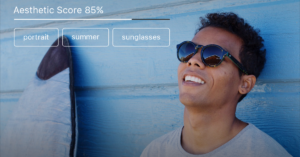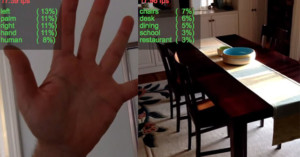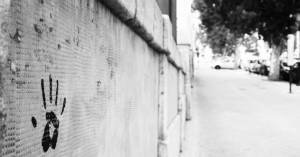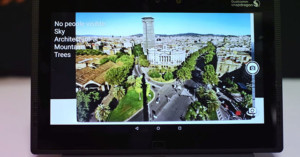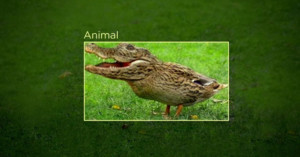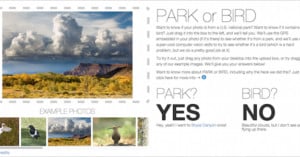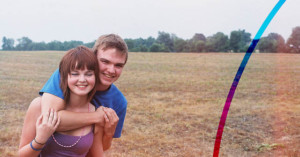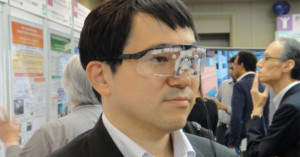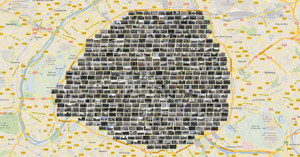
China’s New 500MP ‘Super Camera’ Can Identify a Face Among Tens of Thousands
Scientists at the Fudan University and Changchun Institute of Optics, Fine Mechanics and Physics in China have developed a 500MP cloud-connected 'super camera' that can reportedly pick out facial details of an individual person among thousands in a crowded stadium. The new tech is raising serious concerns about privacy and government monitoring.
